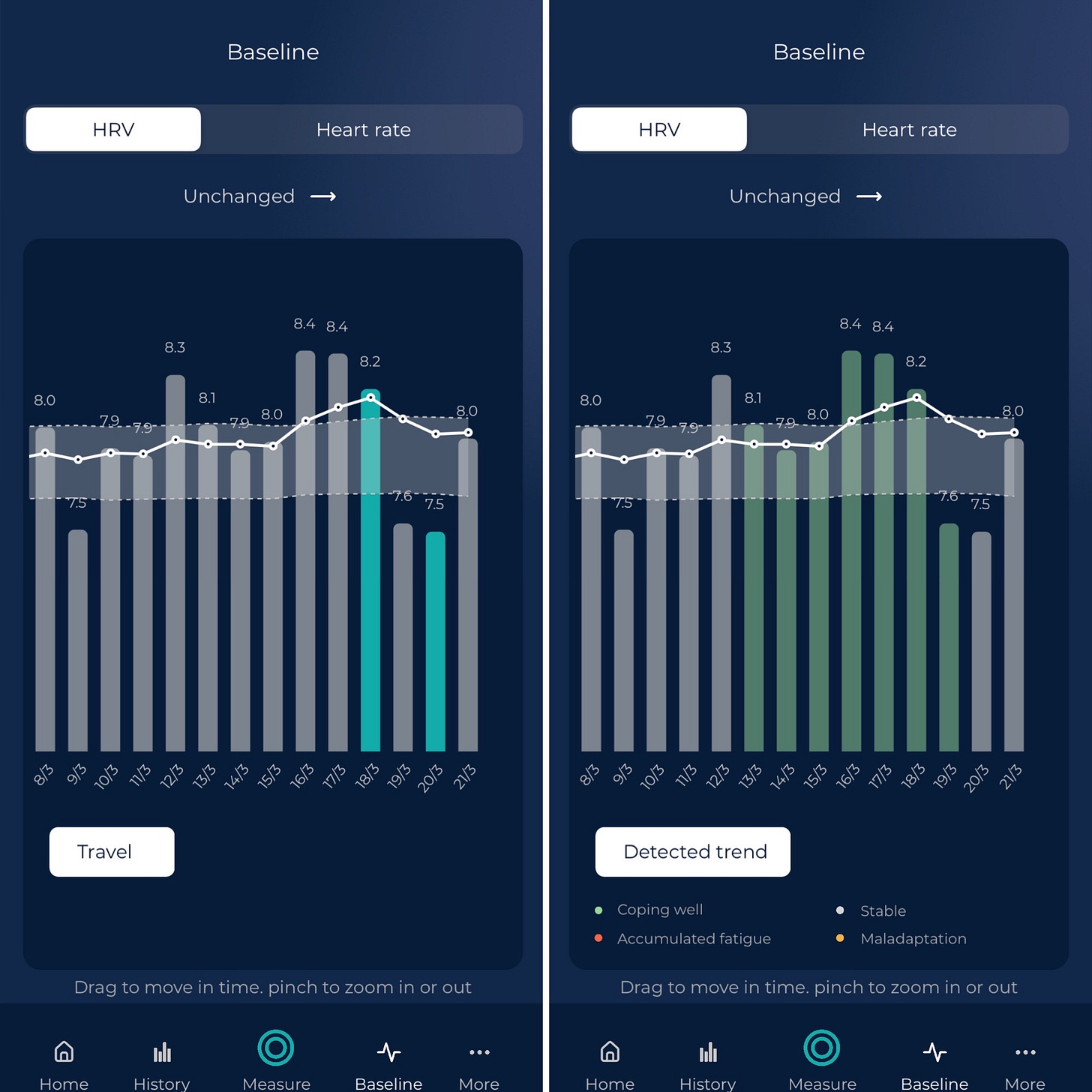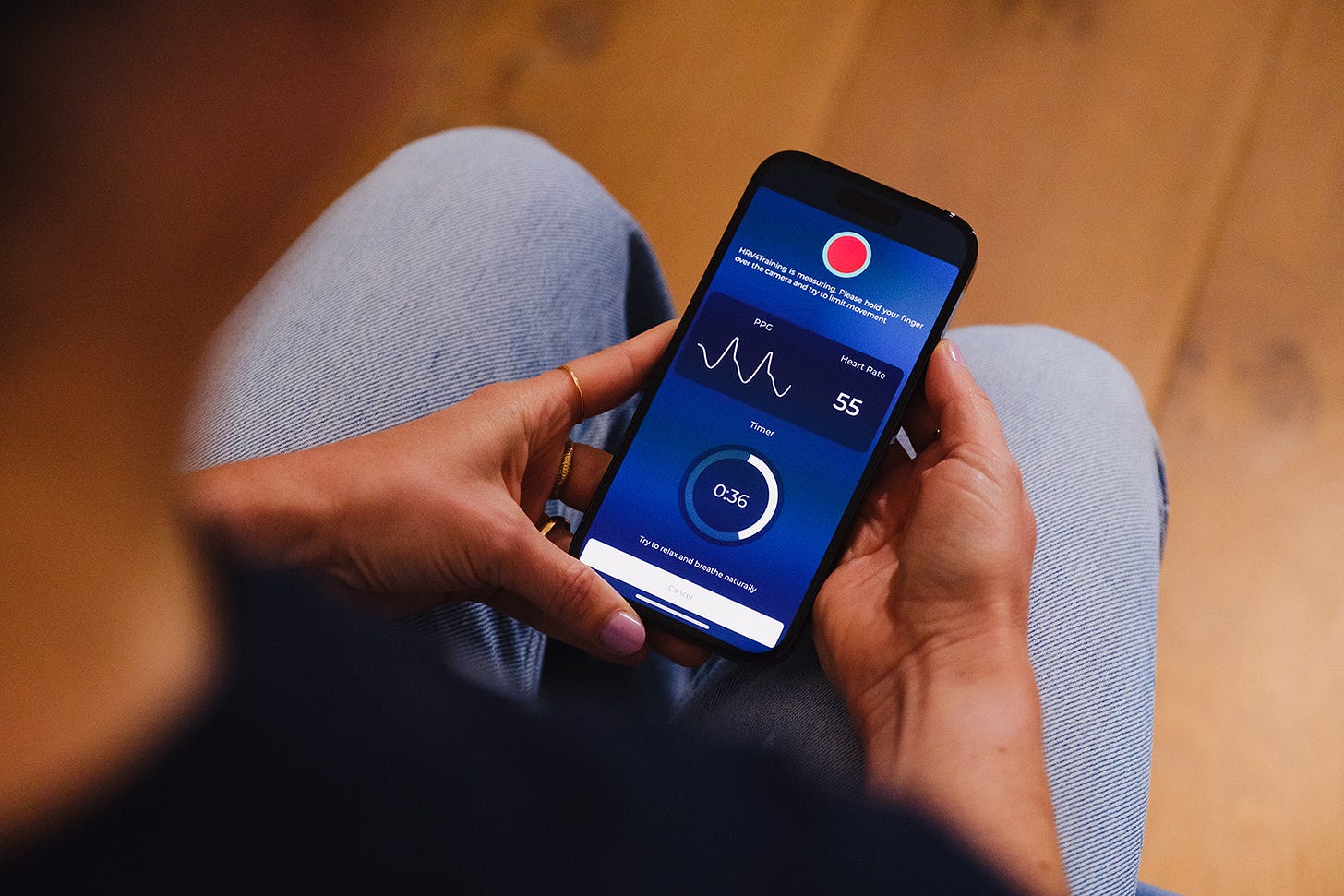Week 28: Measure don’t guess
hi there 👋
I hope everything is well.
Last year I was asked to give a talk about wearables for the Gatorade Sports Science Institute (GSSI).
I had been thinking about this for a while, with the goal of providing a more nuanced view of what you often find on the topic (i.e. fanboys vs anti-technology people).
I ended up classifying metrics into measurements and estimates, something we can quite clearly differentiate (i.e. is there a sensor that can actually measure the parameter of interest, or are we just estimating / guessing it based on somewhat related parameters that we have available?).
This framework (which you can find covered in greater detail here) was then picked up a few times, and I was glad to see it was resonating well with others.
A few weeks ago, I was glad to receive an email from a brilliant scientist I admire (and was fortunate to meet at the GSSI event), Kirsty Sale, who has also been thinking along similar lines.
Wearable companies (and companies making apps too) sometimes do their best to pretend everything that is provided to the user is an 'accurate measurement', but almost everything that is provided is, in reality, an estimate, and often, a not particularly accurate one (e.g. a generic model is used, which comes from what is expected/assumed to happen on average at the population level, which might be extremely different from what is happening in your body).
As more of these devices are out there, researchers themselves often fall into the trap of believing that these estimates can replace measurements, for the sake of convenient data collection.
This frequently happens when using apps or wearables that estimate menstrual cycle phases, as opposed to measuring them (and make no mistake, measurements have their flaws too, but at least, you are measuring something in your body, as opposed to using a generic model that assumes certain things happen at a specific time e.g. ovulation always happens mid-cycle)
However, you are paying a high price for that convenience. You are making assumptions, guessing, and eventually deriving conclusions and maybe even giving advice based on such (inaccurate) assumptions and guesses.
We need to do better, and doing better starts with actually measuring the parameters of interest, and/or being more transparent on what is measured and what is estimated.
See our editorial, here.
Thank you to all the co-authors for contributing!
Discount for Pro: 20% off 🖥️
HRV4Training Pro is the ultimate platform to help you analyze and interpret your physiological data, for individuals and teams.
You can find a guide here.
Try HRV4Training Pro for free at HRVTraining.web.app or use promo code SCIENCE for 20% off.
In the app, Pro brings the normal values view, which can help contextualizing longer-term changes, as well as rMSSD on the homepage, see an example below:

See you next week!
Marco holds a PhD cum laude in applied machine learning, a M.Sc. cum laude in computer science engineering, and a M.Sc. cum laude in human movement sciences and high-performance coaching.
He has published more than 50 papers and patents at the intersection between physiology, health, technology, and human performance.
He is co-founder of HRV4Training, advisor at Oura, guest lecturer at VU Amsterdam, and editor for IEEE Pervasive Computing Magazine. He loves running.
Social:
Twitter: @altini_marco.
Personal Substack.





